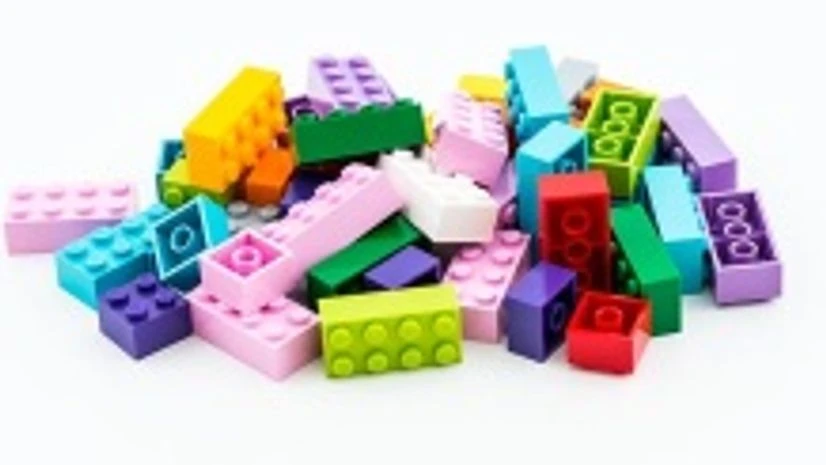With over four crore kids in the age group of 12 years, India offers huge potential for the toy makers in the country. However, due to the differential duty structure, which makes raw material imports costlier than imported finished toy, imports account for more than 85 percent of the domestic toys market.
Due to inverted duty structure, India’s toy industry which is dominated by the micro, small and medium enterprises (MSMEs), is struggling hard for their survival due to heavy imports duty, stated Assocham.
As per the paper on Indian toy industry brought out by the association, though the toys, games, sports equipment, parts & accessories are classified under HSN Chapter Heading 95, many of the raw materials used in the manufacture of these toys fall under different Chapters and are levied different rates of import duty. Hence, the input cost of toy manufacturing in India is way high compared to imported toys.
There is an anomaly - importing of toy attracts 5 percent duty, whereas importing raw materials for domestic manufacturing attracts 20-30 percent duty, making domestic production costlier, informed Sunil Kanoria, president, Assocham.
It may be interesting to note that for a zero duty on parts, the effective rate of duty on such a part is more than twice that of a finished toy, added Kanoria.
Due to non-availability of many quality raw materials in the country, manufacturers have to import them to maintain quality of the finished product. It may be seen that in all these cases, the effective difference for manufacturing toys in India using these raw materials are very high and this has a negative impact on the growth of Indian toy manufacturing sector. Rather than earning foreign exchange through exports, the country is losing so much through imports. Unless immediate corrective measures are taken, tiny & small manufacturers cannot survive.
The Indian toy industry caters to nearly four crore kids in the age group of 12 years across the country but domestically manufactured toys account for a meagre 15 per cent of the market and the rest of the market is flooded with imported toys from countries like China, the US, the UK, Korea and Malaysia among others.
More From This Section
The toy industry in India is highly fragmented, unorganised and is predominantly dominated by micro, small and medium scale manufacturers. Besides, there are nearly 2,000 units in the organised sector. The toy industry employs nearly 25 lakh people both in the organised and unorganised sector. Nearly 70 per cent of toy market in India is unorganised.
Emergence of video games has dented the toy business across the world as there is an evident shift from traditional toys and games to video games. As a result, international toy manufacturers have also expanded their operations in the video game segment.
Assocham suggests the government should undertake some training programmes and set up training centres for these workers to train them so that they are able to increase their efficiency and productivity. Marketing tie-ups for the toy industry both at the state as well as the national levels are suggested by Assocham.
The government should provide easy credit facilities to the toy industry and marketing assistance like bar coding and ISO certification to the Indian toys. Assocham suggests that the government should create ways and means by which talented toymakers, innovating educationists and committed designers team up to salvage the sector of our design heritage.
There should be cluster based development programmes for the toy industry as it is highly fragmented and unorganised. Special assistance, grants and financial support by the government is suggested by Assocham to enhance the industry’s technological, research and developmental facilities to match with its international counterparts.

)
